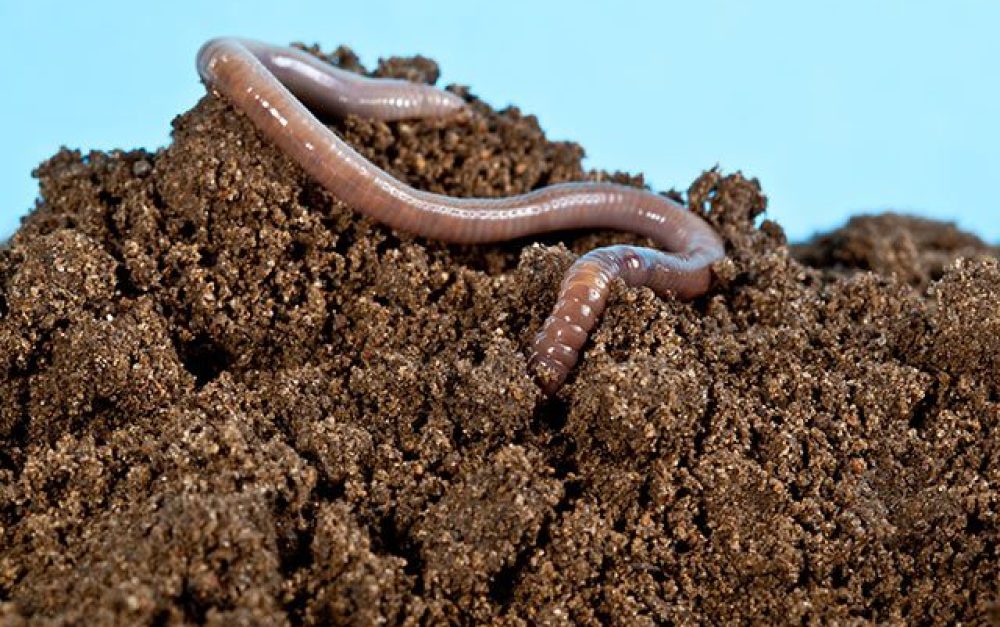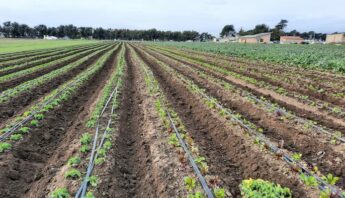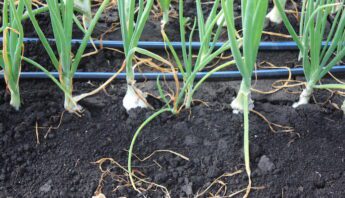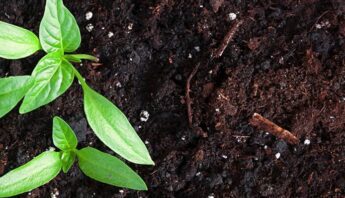As an agroecologist with a keen interest in soil, I'm excited to share that 2015 is the "International Year of Soils." In the coming months, I'll have a chance to dive into an issue that's near and dear to my heart.
I’ll be able to spread the word about how living, healthy soils provide the foundation for production of our feed, fiber and fuel — and about 95% of all the food we consume. I’ll tell stories of tried-and-true traditions of excellent soil stewardship and cutting-edge soil biology. What fascinates me most is the tremendous impact of biology — in all its incredible abundance and diversity — on soil systems.
The immense biological life in healthy soil strongly influences soil structure, which in turn determines the soil’s ability to support plants and provide water and oxygen to their roots. It also influences the soil's capacity to hold water, moving it into and through the root zone — or having it run off into nearby waterways.
Soil in crisis
At least a quarter of the world's biodiversity lives underground. This community of worms, nematodes, bacteria, fungi, insects and other arthopods and microorganisms work together to cycle and deliver nutrients to the plants, and to provide natural resilience and resistance to plant pests and disease. And it's soil biology that's most adversely affected by the indiscriminate, and usually unnecessary, use of chemical pesticides.
It's soil biology that's most adversely affected by the indiscriminate — and usually unnecessary — use of chemical pesticides.
Some of the worst offenders are fumigant pesticides like chloropicrin and methyl bromide, which are still widely used here in California. These broad-spectrum biocides are used to sterilize soil before planting — reducing soil to essentially an inert substance that holds plants in place.
And then there's soil loss. Agricultural production around the globe takes place on a thin layer of topsoil covering about one-32nd of the Earth’s surface. Yet this vital resource has been systematically squandered through decades of aggressive implementation of industrial, monoculture agriculture, with increasing dependence on petroleum-fueled heavy equipment, pesticides and fertilizers.
This misguided approach to agriculture was largely responsible for massive losses of topsoil leading to the infamous dust bowl of the 1920s. Despite the creation in 1935 of important federal soil conservation programs, industrial agriculture largely continues its rampage.
As Wes Jackson of the Kansas-based Land Institute recently opined, "we’re plowing through our soil bank account and sending those riches downstream to the ocean." He believes that "the loss of topsoil is the single greatest threat to our food supply and to the continued existence of civilization."
Farmers finding solutions
In the months to come, I'll share stories from farmers and ranchers across the U.S. and around the world, highlighting strategies they use to maintain and enhance their land's capacity to sustain long-term production without soil-harming pesticides.
I'll also present opportunities to support policies that put our tax dollars to work — at both state and federal levels — in support of farmers who demonstrate good soil stewardship. I'll also flag ways to help strengthen programs that support those who want to transition to sustainable agricultural practices, including young and new farmers.
In the midst of the many simultaneous crises of soil loss, the contamination of air, soil and water, all in the context of the very real challenges posed by climate change, there are powerful rays of hope. In fact, it’s often in times of crisis that positive change occurs on a wide and public scale. While it might be going too far to call the renaissance of interest in soil health a revolution (since much of what people are ‘discovering’ has been known and practiced for generations), the renewed interest in soil is deeply encouraging.
Stalwart practitioners of organic and agroecological production are now being joined by "good food" and labor advocates as well as food justice and climate activists. One recent example of this shared interest can be seen in this joint vision statement for soil health and cover crops, signed by a broad coalition and delivered to the US Department of Agriculture last October.
These are exciting times for soil enthusiasts like me. Stay tuned!








